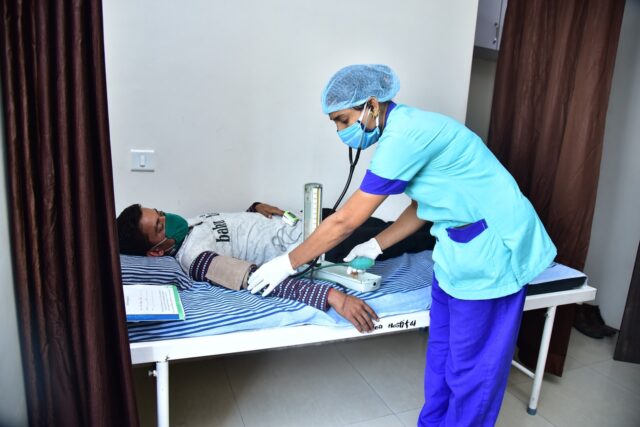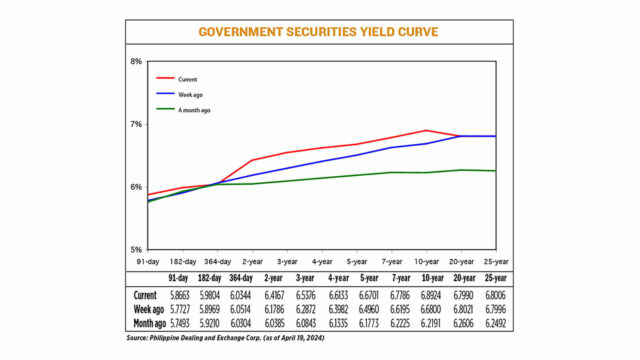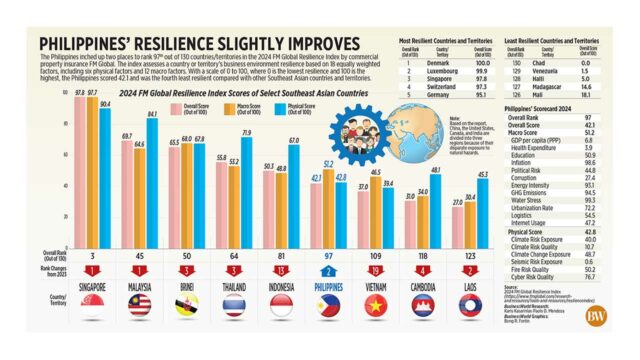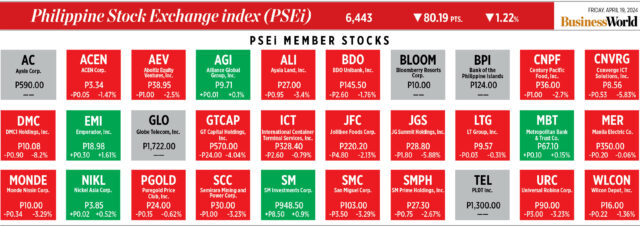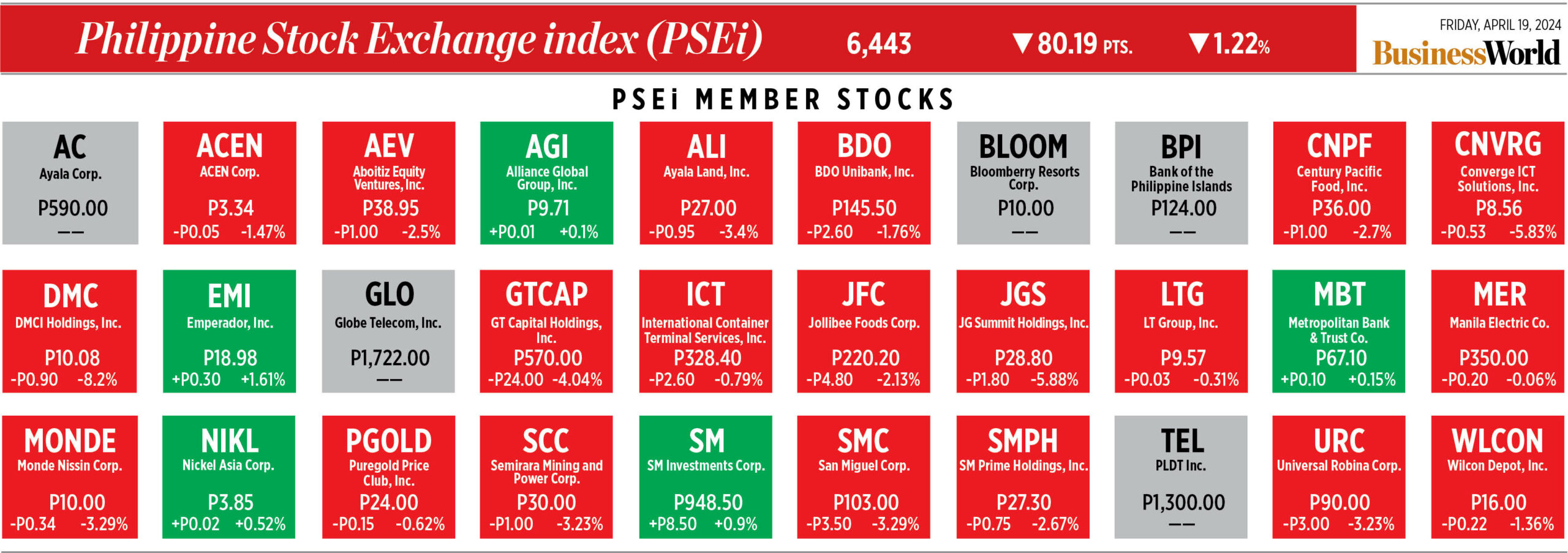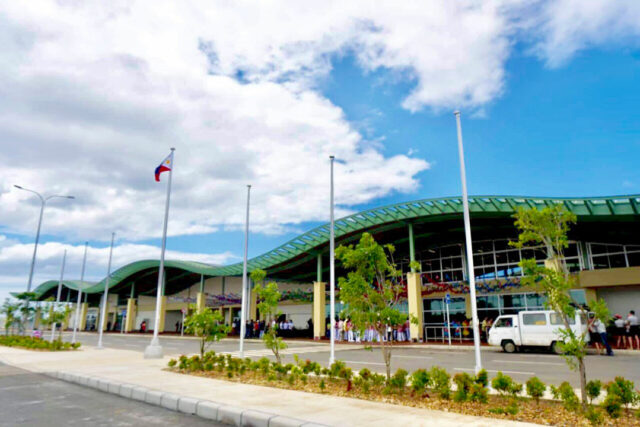Style (04/22/24)
Paseo Outlets hold 5.5 Super Sale
WHAT’S a summer without a road trip, and what’s a road trip without some shopping? From May 3 to 5, The Paseo Outlets at Santa Rosa, Laguna will be holding its 5.5 Summer Sale. Brands such as Lacoste, Giordano, Marks & Spencer, Banana Republic, Gap, Old Navy, and Nike (among others) will offer their wares at reduced prices. Sunglasses will also be available during the sale, with brands such as Ray-Ban, Oakley, Prada, Dolce & Gabbana, Dior, Carrera, and Fendi joining the 5.5 fray. To get there from Metro Manila, take the South Luzon Expressway (SLEX) and exit at Santa Rosa. Turn right and follow the road straight ahead to reach the Paseo Outlets.
OPI releases spring collection
NAIL products maker OPI has released its Your Way collection for Spring 2024. This line features shimmery and glittery sheer glazes designed to layer over highly pigmented crèmes. Color highlights include apricot in both crème and glitter sheer finishes (Apricot AF, gLITter), Cyber lime and turquoise crèmes (Get in Lime, First Class Tix), and trans-seasonal dark brown, caramel, tan, and beige (Material Gworl, Spice Up Your Life, Basic Baddie, Bleached Brows). Candy tones of shimmery bubblegum pink, sheer lavender glitter, and bright blue crème, (Bubblegum Glaze, Suga Cookie, *Verified*) have a whimsical, playful energy. OPI Your Way Nail Lacquers will retail for P495 each, and Infinite Shine colors will retail for P695 each at Rustan’s (Makati, Shangri-La Plaza, Gateway, Alabang, Cebu); LOOK (SM Mall of Asia, SM Aura); The Landmark (Alabang, Makati, Trinoma), Beauty Bar Stores (Power Plant Mall, Greenbelt, Trinoma, Central Square, The Podium, Robinsons Magnolia, Alabang Town Center, Robinsons Midtown and MarQuee Mall Pampanga), as well as Rustans.com, LookAtMe.com.ph, Lazada, Shopee, and Zalora. OPI is distributed by Rustan Marketing Corp.
Acnes helps with acne
JAPANESE acne care brand Acnes is offering solutions for breakout-prone skin this sweaty season. Acnes Creamy Wash is mild and gentle for sensitive skin, and uses an amino acid-based, soap-free formula. By staying close to the skin’s natural pH level, this facial wash ensures a thorough cleanse without stripping away moisture. It’s infused with Salicylic Acid (BHA) to unclog pores and fight acne as well as Butyl Avocadate for long-lasting oil control. With Centella Asiatica (Cica) extract as well as Vitamin C and E, this wash also soothes and repairs irritated skin. Other products in the line include a Powder Lotion (refines pores, brightens dull skin, and lightens acne marks), Oil-Control Moisturizer, and Anti-Acne Spot Gel (fights the root source of acne with 2% Sulphur and salicylic acid). Speed up healing by applying it two to three times daily to any inflamed pimple without pus and watch it shrink in three days. For days that require quick fixes, tame a breakout with the Anti-Acne Pimple Patch. It’s an ultra-thin hydrocolloid patch that treats pimples discreetly. Ready to wear even under makeup, the sweat-proof and breathable patch effectively absorbs pus and oil, while also serving as a protective barrier against bacteria and dirt. Acnes is available at Watsons and Mercury Drug branches nationwide, and online at watsons.com.ph and at the official Mentholatum store on Lazada and Shopee. Acnes Anti-Acne Pimple Patch is exclusively available at Watsons.
Hyaloo Pore Repair Collection moisturizes this summer
KOREAN brand Hyaloo offers an acne solution this summer: the new Pore Repair Collection. The collection includes a foam wash, Deep Hydrating Gel, and Matte-Finish Water Cream SPF 50+ PA+++. The skincare line uses Hyaluronic Acid to deliver intense hydration and plump skin, salicylic acid, and ceramides to protect the skin barrier. Hyaluronic acid is a naturally occurring humectant found in the skin, with an ability to hold 1,000 times its weight in water. This means it plumps up skin, leaving it feeling more supple and hydrated, while simultaneously creating a barrier that prevents moisture loss. Studies have shown it can also reduce inflammation, a key factor in acne breakouts. All products in the Hyaloo Pore Repair range are vegan, cruelty-free, and fragrance-free. Hyaloo’s Pore Repair Collection is exclusively available at Watsons and SM Department Stores, or online at Hyaloo’s official Tiktok, Shopee, and Lazada flagship stores.
Adidas pays tribute to the past
FOLLOWING the launch of its new global platform and creative direction in 2023, adidas Originals introduces its latest campaign which continues to explore the brand’s cultural legacy by paying homage to the communities that have worn the Gazelle, Samba, and Handball Spezial yesterday and today. The campaign shines a light on three iconic silhouettes from football culture — the Gazelle, the Samba, and the Handball Spezial. Shot and directed by Vincent Haycock, and starring Carlisle Aikens, a professional skateboarder and member of the adidas Skate Team, the campaign visuals champion this timeless energy. A series of still images pays homage to the array of people and personalities that wear the silhouettes today — each styling them in a different way. Alongside the campaign film and imagery, adidas Originals has a bespoke digital hub showcasing user generated content. Fans of the silhouette are invited to submit their looks by using #Samba #Gazelle and #Spezial.







